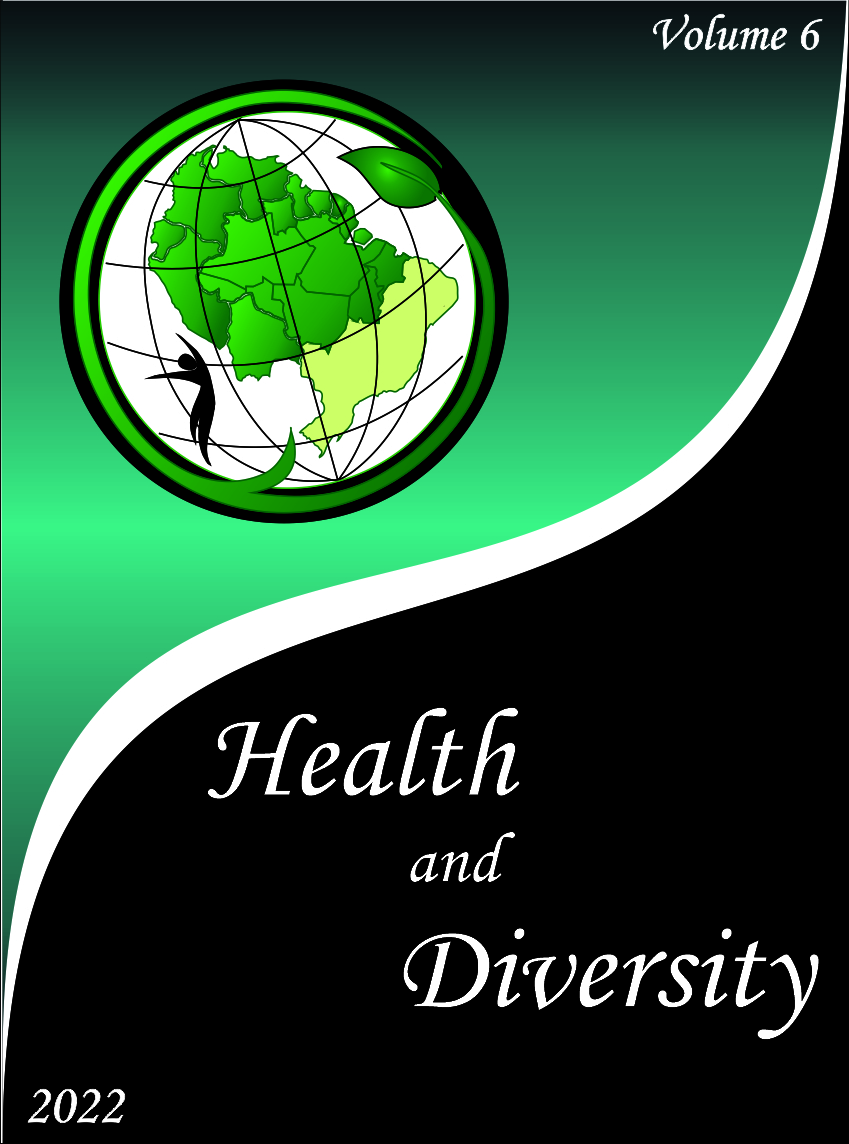APPLICATION OF 1 REPETITION MAXIMUM TEST IN MEN WITH AND WITHOUT VISUAL DEPRIVATION
DOI:
https://doi.org/10.18227/rsd.v6i1.7607Keywords:
exercício físico, Atividade Física, avaliação em saúdeAbstract
Introduction: An increasing demand for strength training (bodybuilding) by practitioners of physical exercises has led to an incessant search for ways to optimize results. It is already known that the control of physical training variables is necessary for greater safety and achievement of results. The one maximun repetition test (1RM) is a way of assessing muscle strength that is already well established in the literature. Thus, there are some data suggesting that the visual component can influence the strength assessed by this test. Objective: To evaluate the load value displaced during the execution of the 1RM test in men in two situations: with and without visual deprivation. Methods: A field research with a cross-sectional experimental approach was carried out, with 23 male subjects to perform two exercises with and without visual deprivation. The volunteers were divided into two groups: trained group and untrained group (without previous experience). The results were presented through tables and graphs created using the software GraphPad Prism version 6®. Results: No significant differences were found in the average values of load displaced in the barbell curl exercise in both groups (P>0.05), while for the bench press exercise differences were found in the trained and untrained group (P<0.05). Conclusion: Visual deprivation seems to be an influencing factor in the shifted load value in maximal tests only if it is tested in a form of exercise in which the subject may feel in danger.
Downloads
References
Bachle, T. R., & Groves, B. R. Treinamento de força: passos para o sucesso. 2, editor. Porto Alegre: ARTMED. 2000.
Barela, J. A., Polastri, P. F., Freitas Júnior, P. B. D., & Godoi, D. Efeito da exposição visual no acoplamento entre informação visual e controle postural em bebês. Rev Paul Educ Fís, 17(1), 16-31, 2003.
Bredin, S. S., Gledhill, N., Jamnik, V. K., & Warburton, D. E. PAR-Q+ and ePARmed-X+: new risk stratification and physical activity clearance strategy for physicians and patients alike. Canadian family physician, 59(3), 273-277, 2013.
Chen, X., Liu, F., Yan, Z., Cheng, S., Liu, X., Li, H., & Li, Z. Therapeutic effects of sensory input training on motor function rehabilitation after stroke. Medicine, 97(48), 2018.
Costa, S., Matos, D., Silva, A., Aidar, F., Rodrigues, B., Klain, I., & Mazini Filho, M. Influência da privação visual no teste de uma repetição máxima e na predição de carga. Revista Brasileira de Prescrição e Fisiologia do Exercício, 7(40), 9, 2013.
Dias, R. M. R., Cyrino, E. S., Salvador, E. P., Caldeira, L. F. S., Nakamura, F. Y., Papst, R. R., ... & Gurjão, A. L. D. Influência do processo de familiarização para avaliação da força muscular em testes de 1-RM. Revista Brasileira de Medicina do Esporte, 11, 34-38, 2005.
Grgic, J., Lazinica, B., Schoenfeld, B. J., & Pedisic, Z. Test–retest reliability of the one-repetition maximum (1RM) strength assessment: a systematic review. Sports medicine-open, 6(1), 1-16, 2020.
Hochman, B.; Nahas, F. X.; Filho, R. S. O.; Ferreira, L.M. Desenhos de Pesquisa. Acta Cirúrgica Brasileira, 20(4), 2005.
Maior, A. S., Varallo, A. T., Matoso, A. G. P. S., Edmundo, D. A., Oliveira, M. D., & Minari, V. A. Resposta da força muscular em homens com a utilização de duas metodologias para o teste de 1RM. Revista brasileira de cineantropometria e desempenho humano, 9(2), 177-182, 2007.
Moesgaard, L., Beck, M. M., Christiansen, L., Aagaard, P., & Lundbye-Jensen, J. Effects of periodization on strength and muscle hypertrophy in volume-equated resistance training programs: a systematic review and meta-analysis. Sports Medicine, 52(7), 1647-1666, 2022.
Downloads
Published
How to Cite
Issue
Section
License
Copyright (c) 2022 Health & Diversity Journal

This work is licensed under a Creative Commons Attribution 4.0 International License.

Este obra está licenciado com uma Licença Creative Commons Atribuição 4.0 Internacional.







